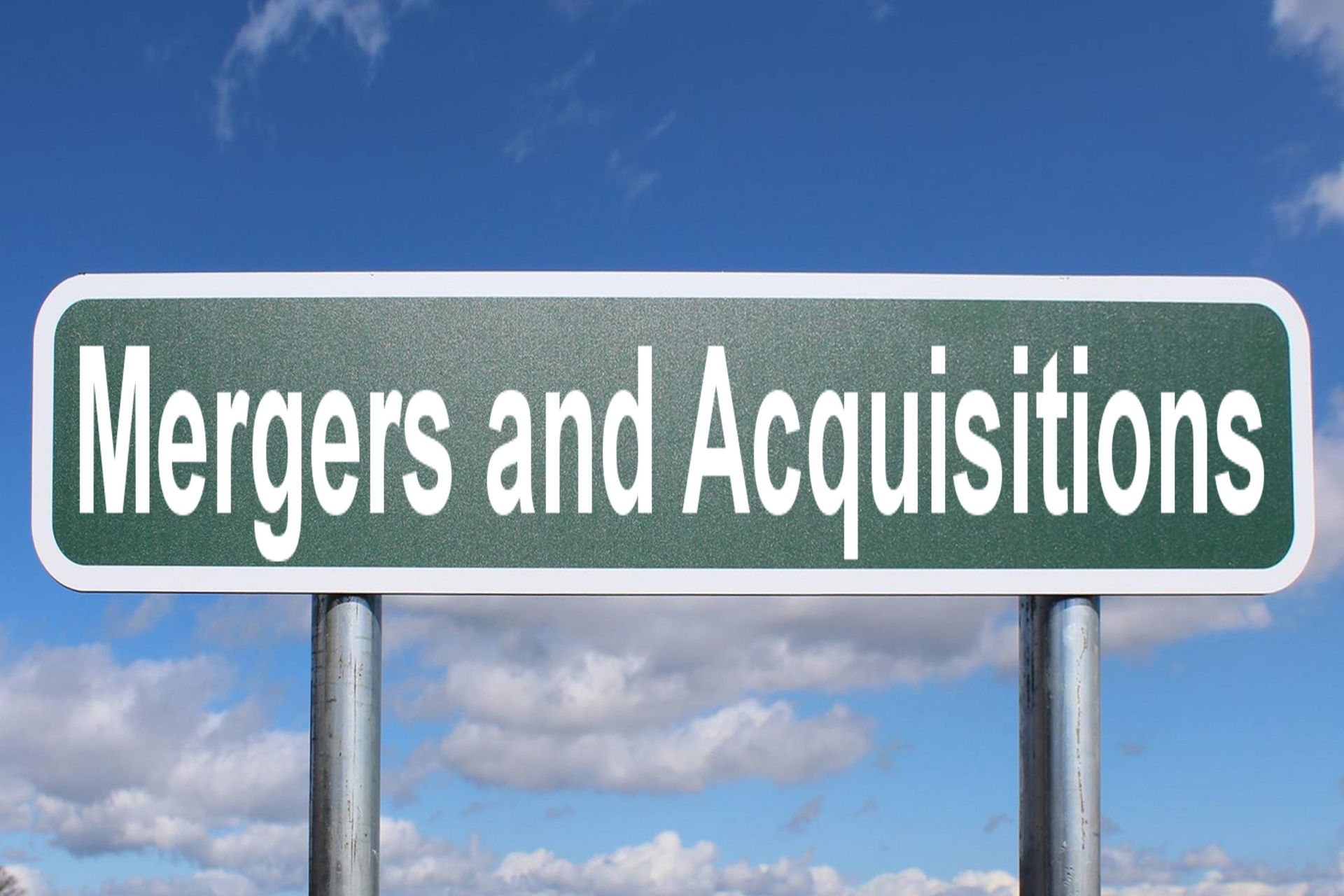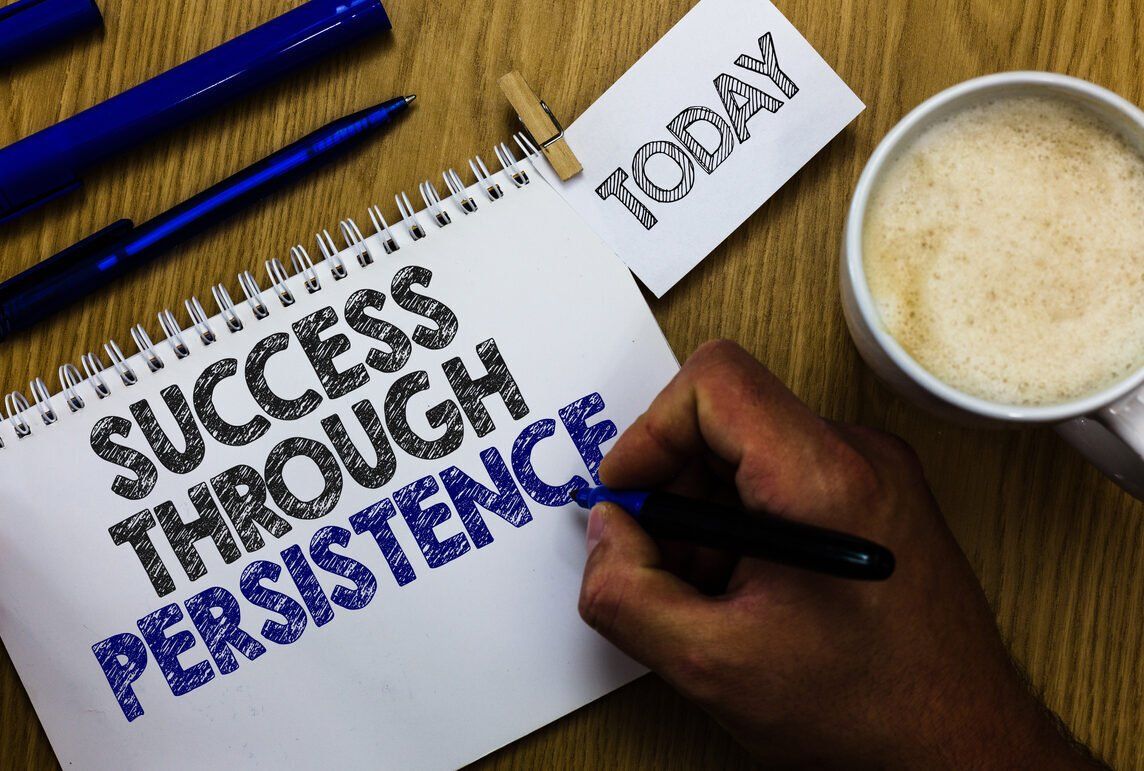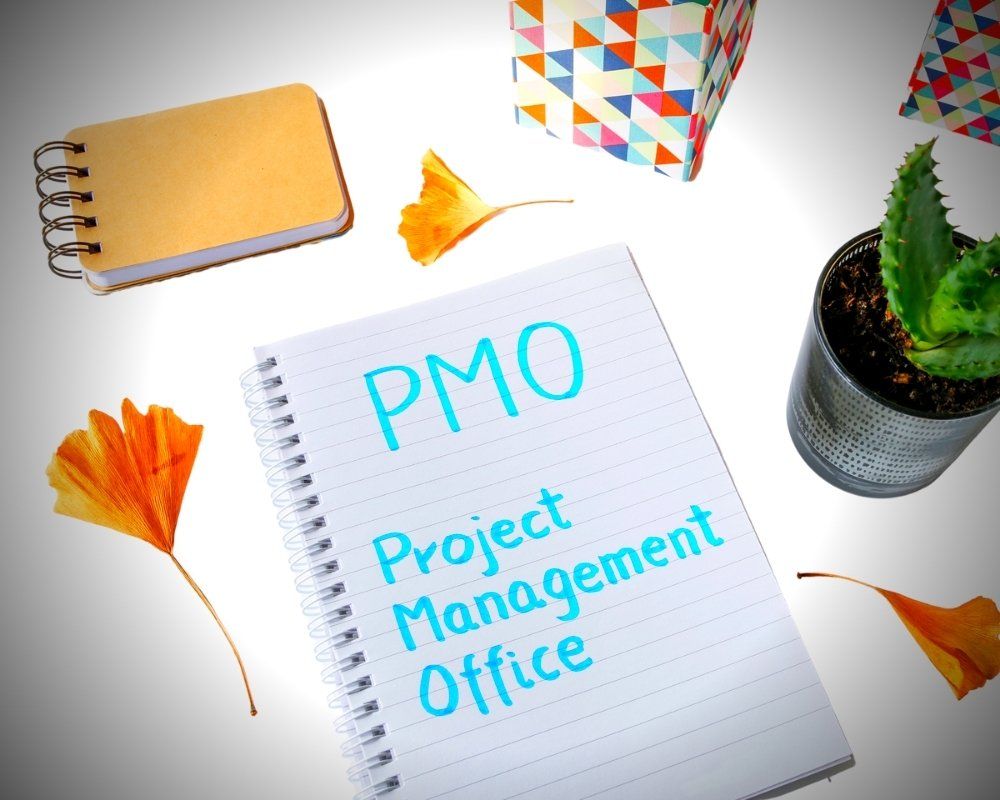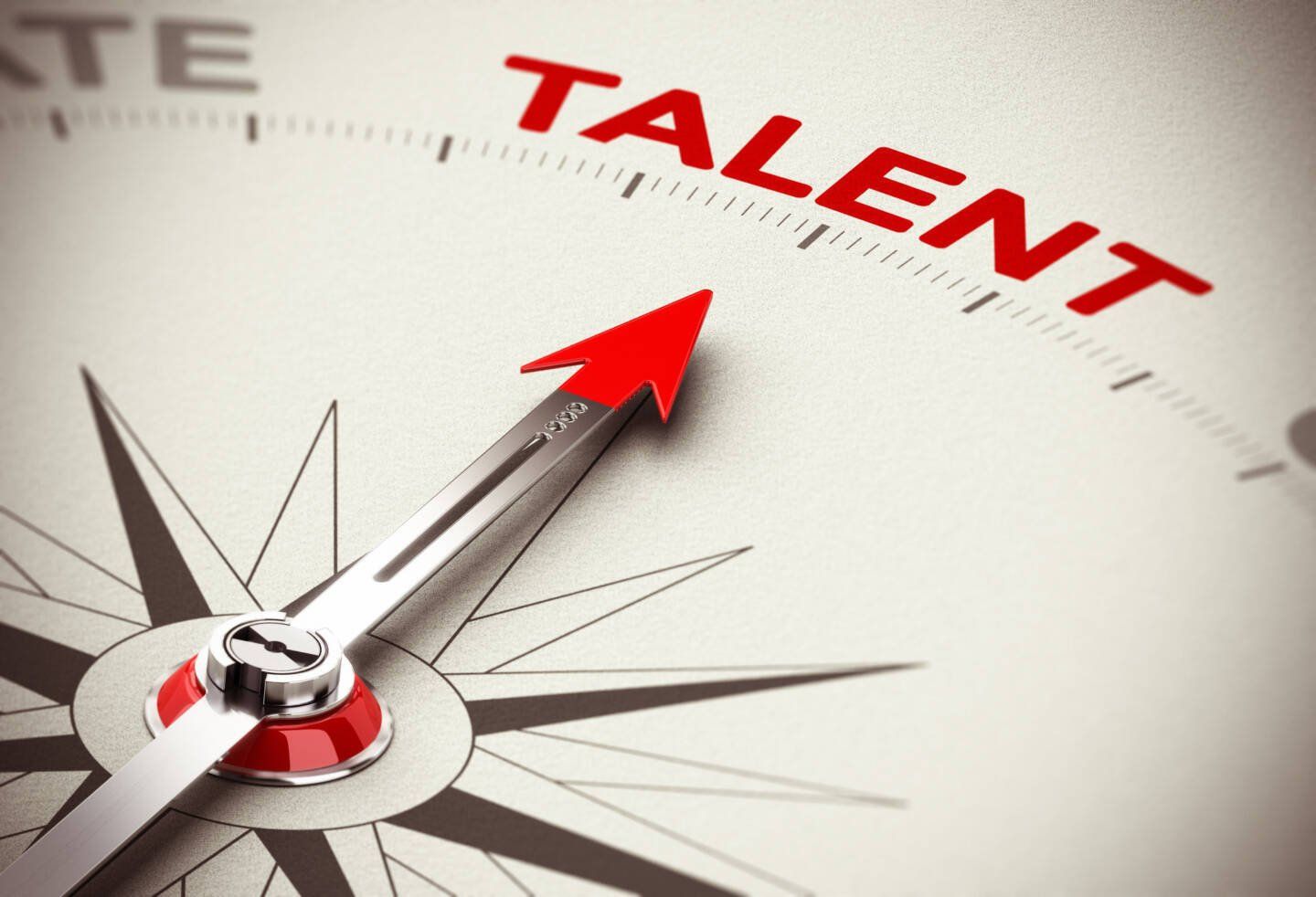INSIGHTS
Stay connected with some
of our latest thinking

The Silent Determinant of M&A Success - Culture When organisations announce a merger or acquisition (M&A), headlines usually focus on deal size, market share, or promised synergies. But the factor that most often determines whether those ambitions are realised is far less tangible: culture . Studies consistently show that between 50–70% of M&A deals fail to deliver on their expected outcomes , and poor cultural integration is one of the leading causes. It is not a “soft” consideration—it’s central to value creation. A Personal Reflection: I recall the first M&A I was part of. For some reason, I thought the other company being “M’d” would — or should — be ecstatic. Years later, I realised the importance of distinguishing between the merger piece and the acquisition piece. That particular deal was, without question, an acquisition and not a merger. What struck me most, in hindsight, was the absence of meaningful communication . Don’t get me wrong—the mechanics were all there. There were checklists, forms, and processes in abundance, more than anyone could reasonably keep track of. But what was missing was the human element: an explanation of the why, the how, and most importantly, what the changes actually meant for people on both sides of the deal. In the absence of clear and open communication, employees did what people naturally do—they filled the gaps with speculation. This bred confusion, uncertainty, and anxiety. And while we humans often value spontaneity and adaptability, we also crave certainty and clarity , especially during times of upheaval. Without it, mistrust grows and engagement fades. That experience cemented for me a lasting lesson: culture and communication are not peripheral to mergers and acquisitions—they are central. Without them, even the most well-designed financial and operational plans risk unravelling. More recently, I’ve been watching another M&A of sorts, albeit from the sidelines. Very much a fly-on-the-wall, water-cooler observer. And truthfully, not much seems to have changed over the years. Poor decision-making, decisions built on assumptions, a corporate top-down “this is what we’re doing” communication style, and little to no actual face-to-face interaction. Even the so-called video calls are often minus the video. Yikes to that. These experiences — both personal and observed — remind me that culture is not theoretical. It shows up in how leaders make decisions, how they communicate, and how employees experience the transition every single day. What the Research Tells Us A 2024 study of 243 M&A deals, analysing thousands of Glassdoor reviews, found that greater cultural distance between acquirer and target correlates with poorer market reactions, reduced synergy realisation, and weaker innovation after the deal. The authors also observed that acquirers often overpay when cultural distance is high , making recovery even harder ( Brede et al., 2024 ). Research published by Clausius Press highlights that over half of M&A failures can be attributed to poor culture integration , underlining that financial and operational alignment alone is insufficient ( Clausius Press, 2024 ). A review in Pacific Business Review International echoes this, noting that culture clashes—misaligned leadership styles, values, and behaviours—are among the most common reasons M&A underperform expectations ( Pacific Business Review, 2019 ). Case studies of cross-border M&As show that cultural misalignment extends beyond corporate values into national identity, communication styles, and leadership expectations. Employees frequently report confusion, morale issues, and disconnection when integration is poorly managed ( ScienceDirect, 2015 ). Academic syntheses also suggest that not all cultural distance is equally damaging . Its impact depends on how integration is structured, how much autonomy is preserved, and whether leaders actively design and model the desired culture ( Teerikangas & Véry, Handbook of M&A ). The Risks of Ignoring Culture When culture is sidelined in M&A, organisations face very real risks: Synergy shortfall : Overestimated benefits because behavioural friction slows execution. Innovation drop : Conflicting decision-making and risk appetites suppress creativity. Talent loss : Employees disengage or leave due to misaligned values or poor communication. Integration delays : Bureaucratic clashes and miscommunication drive inefficiency. Reputation damage : Cultural backlash can undermine both employee morale and external brand perception. How to Treat Culture as a Value Lever Conduct cultural due diligence early Assess values, decision styles, leadership behaviours and communication norms alongside financials. Define the aspirational culture Decide deliberately what the merged organisation should look like—don’t just let legacy cultures collide. Align and model at the top Visible leadership alignment is one of the strongest predictors of successful integration. Communicate with transparency Be clear about what is changing, why, and how. Give employees voice and forums for feedback. Preserve identity where it matters Retaining some legacy practices or autonomy can reduce resistance and help retain value. Measure and adapt Track engagement, retention, and innovation as cultural KPIs, and be prepared to adjust course. From Risk to Opportunity While cultural misalignment is often framed as a risk, it can also be a source of advantage. When thoughtfully managed, bringing together two different cultures can create complementary strengths: one organisation’s agility combined with another’s operational discipline, or one’s innovation paired with another’s execution capability. The key is intentionality. Culture will emerge in a merger whether leaders manage it or not. The organisations that succeed are those that treat culture as seriously as financial modelling—because in the long run, it’s culture that sustains performance.

Attraction and retention “How to attract and retain talent, in the scope of major infrastructure projects” for Australian Local Government Infrastructure Yearbook 2021 https://algiy.partica.online/algiy/algiy-2021/flipbook/122/ Major Projects Conference 2022 https://www.nswconference.com.au/speakers.html Webinar Webinar briefing – sample of what we have delivered in the past (targeted at Graduates) in partnership with AIPM https://www.youtube.com/watch?v=Au7tNN0_tbU Are employers spending sufficient time supporting staff and building a resilient culture? What’s an acceptable staff turnover – none, 6%, 15%? https://www.linkedin.com/feed/update/urn:li:activity:6833872083806769152/ The Future of PMOs - PMO Vision 2030 ProNEXUS were of the PMO Vision 2030 - The Future of PMOs Workshop. The workshop was to discuss the impact and effectiveness of a PMO/EPMO function as part of the Association of International Project Management Officers (AIPMO). Feedback/what to expect from us: Extremely relevant. Massive importance trying to retain & employ Loved the presenter’s style and outlook The conversation style flowed very well Presented really well. The casual approach made for easy and open Conversation. Very relevant topic Engaging speaker, supported by presentation that was shared post meeting Good interaction, more of a conversation than a typical presentation. Nik was excellent. Great perspective and good tips There was some robust discussion particular around different views. Challenging member views was very good The casual approach made for easy and open Conversation. Good speaker, very interactive The feedback was very positive and averaged the following ratings out of 10 for your presentation: Relevance of Topic: 9.2 Guest Speaker: 9.5

The role of a Project Sponsor is to work closely with the Organisation to provide governance and leadership. What makes a good Project Sponsor? An effective Project Sponsor is able to articulate and demonstrate the strategic value of a project at the Board, Organisational, and Project level. They understand the importance of developing and refining the business case and ensuring this aligns with the business strategy. The Project Sponsor typically has a depth of experience within the organisation and is a well-respected individual. The most successful Project Sponsors have a consistent track record in leadership and they are effective communicators. They have demonstrated their capability to influence all facets of the business. What does a Project Sponsor do? A Project Sponsor is part of the initial planning phase of a project. They work in collaboration with key stakeholders to determine what the key outcomes should be. They will:- Determine the availability of resources (financial and human capital) Approve project scope and changes Formulate an ongoing communication plan Work on refining the implementation strategy from project status to business as usual Approve (sign off) each phase of a project Provide support to the project and help resolve conflict or potential conflict Put in place the necessary project controls Help to mitigate risks and remove obstacles that may deter progress Be resilient and emotionally intelligent Ensure adherence to Governance standards Agree to “what success looks like” It is this macro view that adds a certain level of credibility and legitimacy. The Project Sponsor should be the key decision-maker. They are ultimately responsible for delivering the project and adding value to the organisation. The success of the project isn’t about ticking the various boxes along the way, ensuring. What does an Executive Sponsor do? While the Project Sponsor is appointed by the organisation the Executive Sponsor is appointed by the Board. The link between organisation and its project governance practices. The Executive Sponsor is usually a Senior Executive. They will have an intimate understanding of their strategy, financial position, organisational culture, and market dynamics. As such they carry a level of authority and influence beyond just being a project advocate. How much influence does an Executive Sponsor have? The Executive Sponsor will have the necessary influence to determine how a project is progressing, they are focussed on delivering beyond just quality and outcome, they want to ensure the investment yields a return from a strategic, financial, cultural, and market position. Should the Project not deliver against some or all of the pre-determined criteria the Executive Sponsor would be well within their scope to question the organisation’s investment. They can either defend or challenge the Project’s progress. Regardless of whichever position they take, they are (as a Board appointed representative) accountable to the Board. With any strategic role, all parties must take the time and make time to ensure the Project and its stakeholders (including the Board) and engaging on a regular basis. Contact Us Sources Crawford, L. & Cooke-Davies, T. (2005). Project governance: the pivotal role of the executive sponsor. Paper presented at PMI® Global Congress 2005—North America, Toronto, Ontario, Canada. Newtown Square, PA: Project Management Institute. International Journal of Project Management Time and budget: the twin imperatives of a project sponsor Volume 15, Issue 3, June 1997, Pages 181-186 JNevan Wright Auckland Institute of Technology, Auckland, New Zealand

It’s a competitive market, control what you can?
If you want Control and influence in a competitive job market, it requires preparation, persistence, and above all it a positive attitude. It’s not as hard as it may seem. There are many things that you can do to put yourself in the best possible place to succeed when looking for a new position.
We have broken down what you can control and influence in a competitive job market into just a few areas:-

The Finkel Review is an independent review of the national electricity market and looks to take stock of our current electricity security, reliability and to provide advice to governments on a coordinated national reform blueprint.
A summary of the Finkel Review has been done by the Climate Council of Australia and provides valuable insights into this sector.

We’ve all heard the saying “it’s not what you know but who you know”. Within some industries, this is certainly more important than in others. However, for project managers, the benefits of networking are often critical to delivering great project outcomes.
The benefits of networking can take on many different forms and networking does not have to be as daunting as perhaps it once was.

How does the PMO / EPMO Office create value? Together with the Association of International Project Management Officers (AIPMO), we were fortunate to be invited to take part in the Sydney PMO Vision 2030 – The Future of PMOs Works and the question of How does the PMO / EPMO Office create value was a hotly debated topic.
What our clients say about us
Contact Us
Let’s get to work!




